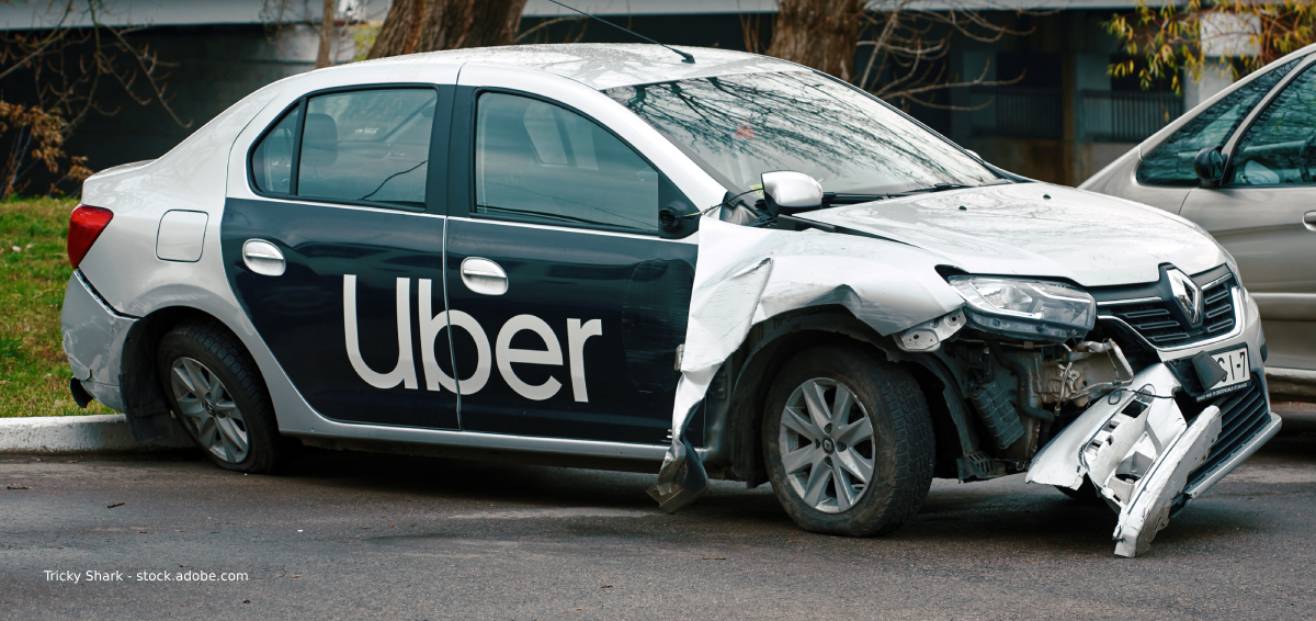The Importance of Preserving Evidence in Uber & Lyft Accident Cases

Ride-sharing services such as Uber and Lyft have become essential components of our lives in today’s fast-paced world, providing accessibility and convenience. Accidents using these services can still happen, resulting in severe injuries and drawn-out legal procedures.
It’s critical to save evidence in the event of an Uber or Lyft accident. In this blog post, the lawyers at Slinkman, Slinkman & Wynne, P.A.’s examine the importance of preserving evidence in Uber and Lyft accident cases. It offers insights into the kinds of evidence to protect, preservation methods, and the legal ramifications of such a case.
The Role of Evidence in Uber & Lyft Accident Cases
Any legal case is built on the foundation of evidence, and Uber and Lyft accident claims are no different. Evidence preservation is important because it can:
- Establish Liability: Clear and concise evidence makes it possible to examine whether the ride-sharing driver, another driver, or a mix of factors was at fault in the collision.
- Determining Injuries: Assessing the extent of injuries, property damage, and other losses is made easier with the use of evidence, which directly affects the amount of compensation you might be eligible for.
- Substantiate Claims: For your claims to be accepted in court, actual proof supporting them—such as medical costs, lost income, and pain and suffering—must be shown.
- Strengthen Negotiations: Presenting convincing facts to insurance companies during negotiations can strengthen your case and result in a just payment.
Types of Evidence to Preserve
In cases involving accidents involving Uber and Lyft, it’s critical to preserve a variety of evidence, such as:
- Accident Reports: Obtain copies of any reports submitted by Uber or Lyft and the police accident report. These records include vital details regarding the accident’s circumstances.
- Gather Evidence: Take pictures or videos of the accident scene, the damaged vehicle, the people who were hurt, and the state of the road. Visual proof has a lot of persuasive power.
- Testimonies from Witnesses: Get the witnesses’ contact information and ask for testimonies about what they heard and saw. Eyewitness accounts may corroborate your version of events.
- Medical Records: Ensure you thoroughly document all medical examinations, procedures, prescriptions, and associated costs. These records attest to the severity of your wounds and the care you received.
- Communication Records: Save all written correspondence, including texts and emails, that you may have had with the driver, the ride-sharing company, and other parties. These documents may be critical evidence of carelessness or responsibility.
- Information about the Vehicles: Take note of the make, model, and license plate numbers of every car that was a part of the collision, including the Lyft or Uber vehicle.
Preservation Techniques and Best Practices
Aim for practical evidence preservation by taking into account the following methods and recommendations:
- Move Immediately: When protecting the evidence, time is of the essence. As soon as possible after the accident, gather as much paperwork and information as you can.
- Use Technology: Take pictures and videos of the accident scene using smartphones or other devices. Time-stamped these pictures, please.
- Speak with an Attorney: Speak with a knowledgeable Uber and Lyft accident lawyer as soon as possible. They can advise on what evidence to keep and assist you in avoiding mistakes that might undermine your case.
- Keep Records Organized: Arrange all accident-related evidence into a single file or digital folder. When needed, this organization will make access simple.
- Avoid Modifications: Refrain from modifying or tampering with any evidence, including pictures. Give the facts precisely as they are, without additions or changes.
Legal Implications and Challenges: Insights From an SS & W Law Expert
Handling the legal ramifications of Uber and Lyft accidents can be difficult and provide particular difficulties. Here are some observations made by a lawyer in SS & W Law:
- Specific Processes: Uber and Lyft are two ride-sharing companies that frequently follow specific procedures for handling accidents. It is crucial to comprehend their methods since their involvement may affect the culpability and preservation of evidence.
- Driver-Status Disputes: It can be challenging to ascertain whether a driver was on duty during the collision. It is essential to have evidence about the driver’s log-in status.
- Third-Party Liability: In some cases, external factors—such as other cars or poor road conditions—may have contributed to the collision. It is essential to collect evidence that identifies all people involved.
- Complicated Insurance Claims: Handling several insurance policies, such as your own, the driver’s, and the ride-sharing company’s, might make the case more complex.
- Statute of Limitations: Understand how long you have to file a claim in your jurisdiction. You may forfeit your right to reimbursement if you don’t file within the allotted period.
Following an accident involving an Uber or Lyft, your safety and wellbeing should come first. To safeguard your rights and interests, you should be aware of the need to preserve evidence and consult with SS&W Law’s knowledgeable attorneys. Our team is dedicated to assisting you in pursuing the compensation you are entitled to, and we specialize in managing cases when passengers on Uber file lawsuits against the driver following an injury accident. Please get in touch with us anytime for knowledgeable legal assistance over an Uber or Lyft accident.
Recent News
The Dangers of Failure to Diagnose and Legal Ramifications
ssw9622024-05-02T11:13:51-04:00May 6, 2024|0 Comments
Nursing Home Negligence & Wrongful Death Cases
ssw9622024-05-08T08:35:08-04:00April 15, 2024|Comments Off on Nursing Home Negligence & Wrongful Death Cases
Uber and Lyft Accidents: Pursuing Legal Compensation
ssw9622024-05-08T08:29:17-04:00April 8, 2024|Comments Off on Uber and Lyft Accidents: Pursuing Legal Compensation



